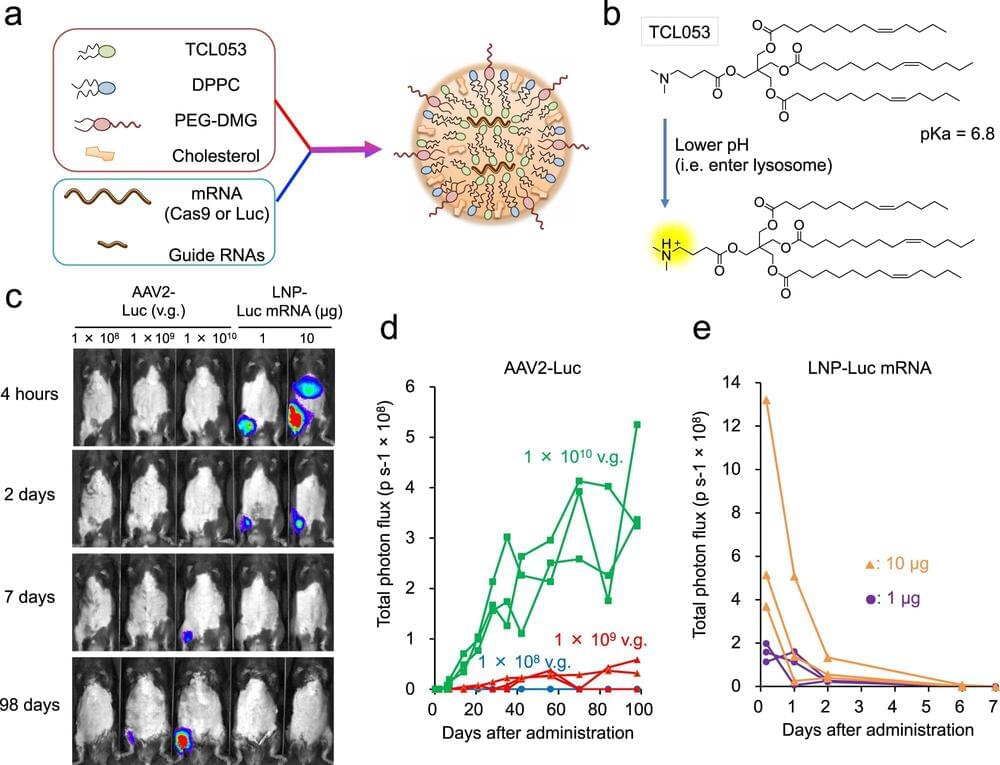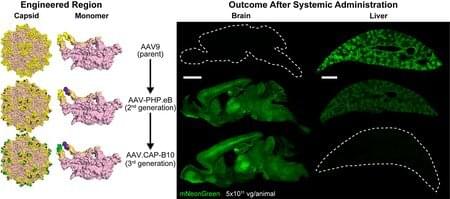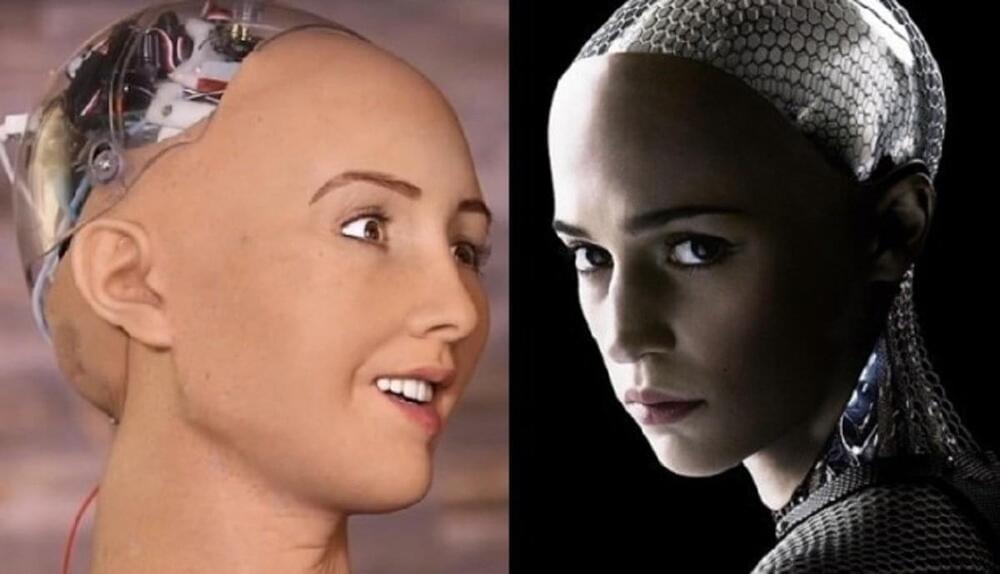In 2020, Houston-based company Axiom Space got a NASA contract of its own, worth up to $140 million, to deliver at least one habitable private module to the ISS. Axiom plans to launch its first element to the orbiting lab in late 2024, then send several more up over the next few years. Eventually, the connected Axiom modules will detach from the ISS, leaving their natal nest like a bird that has learned how to fly.
Axiom has other irons in the spaceflight fire as well. For instance, the company has booked four commercial crewed flights to the ISS with SpaceX, the first of which is scheduled to launch in February.







